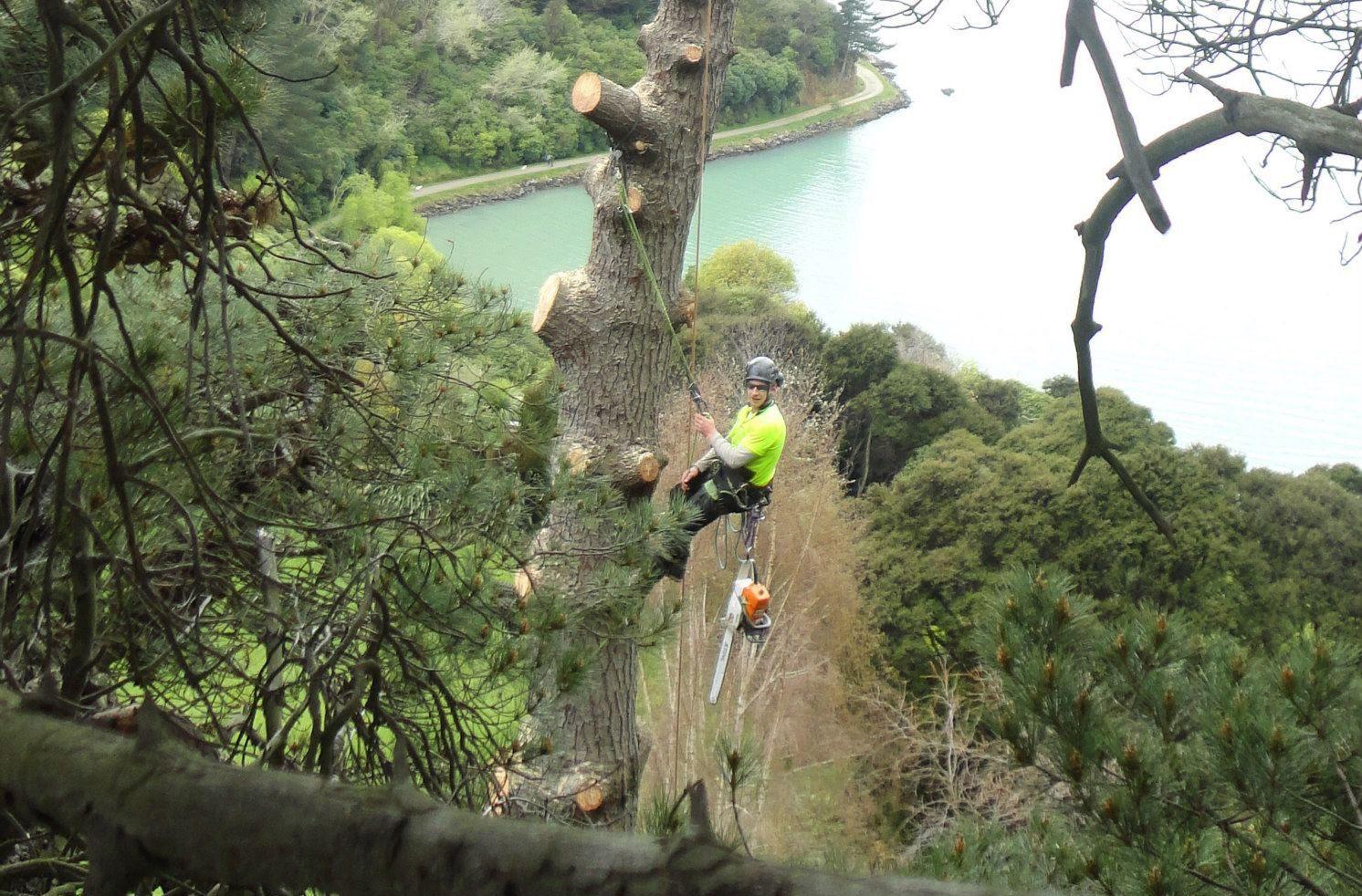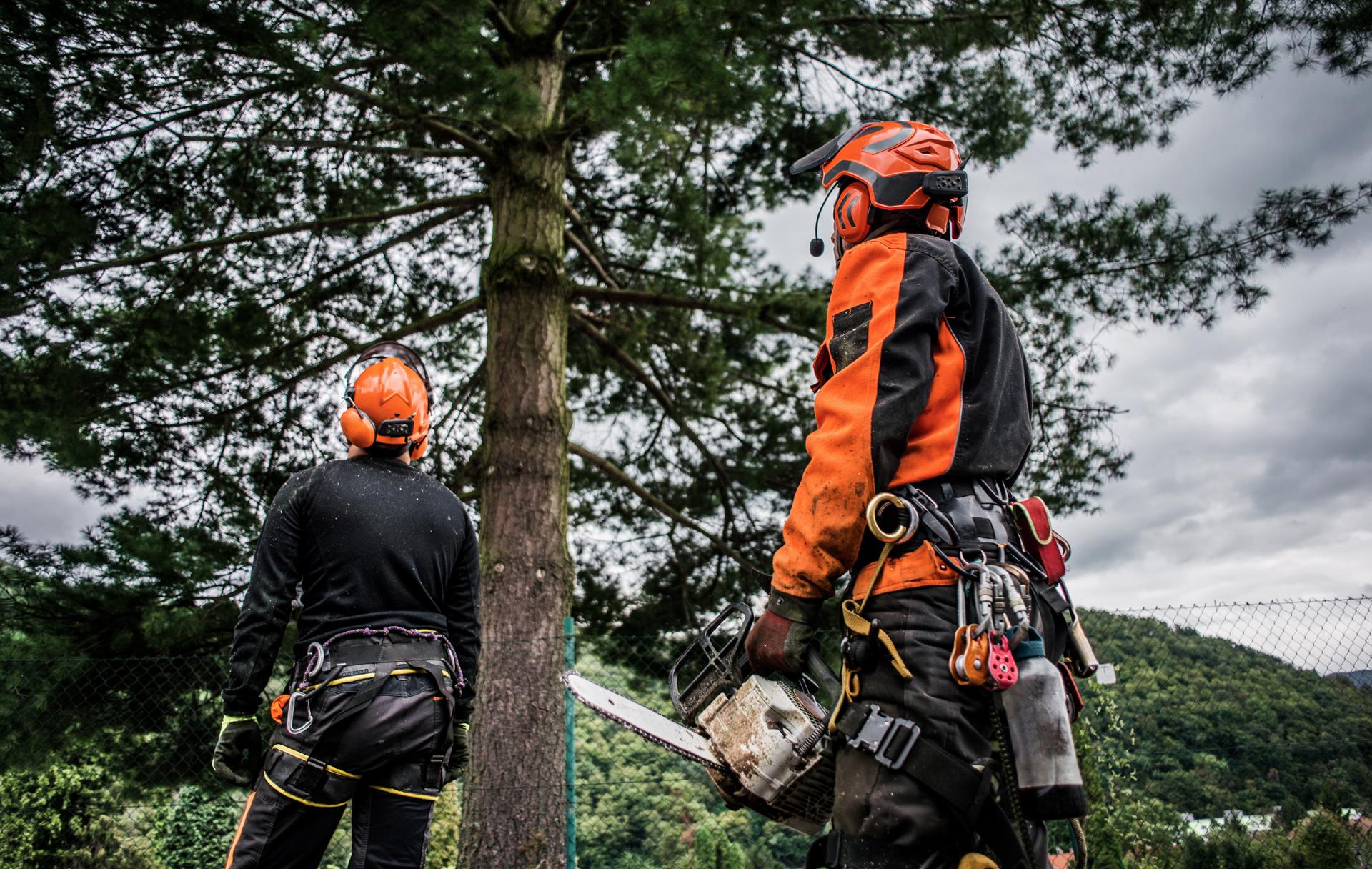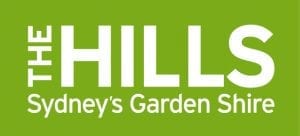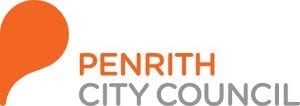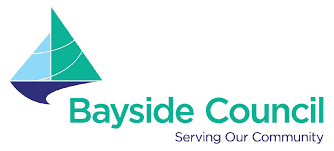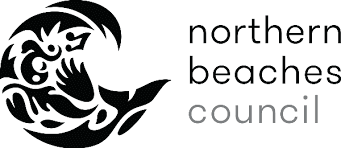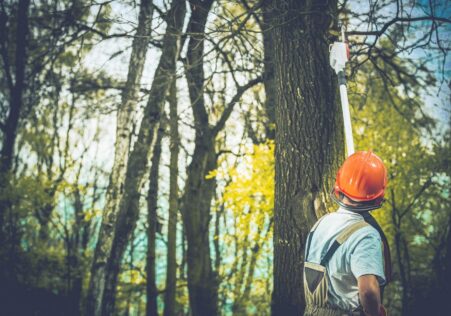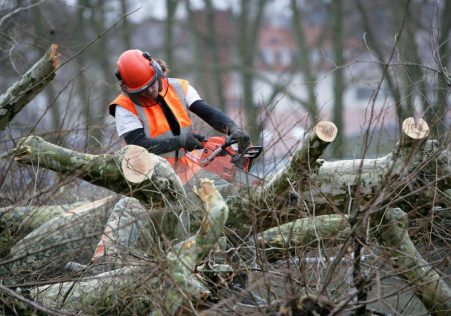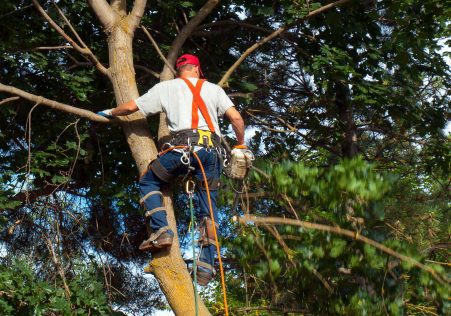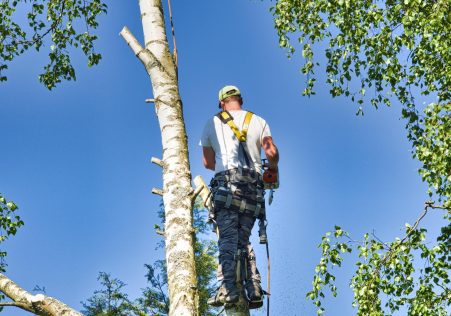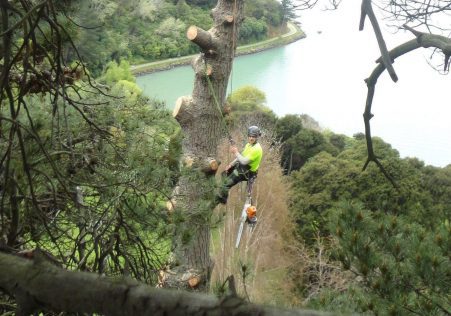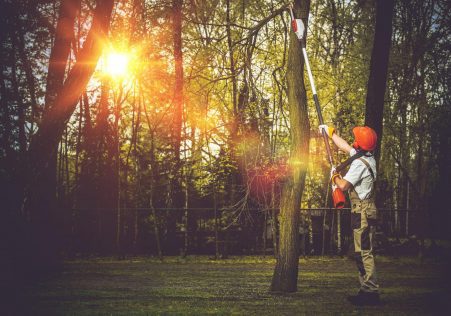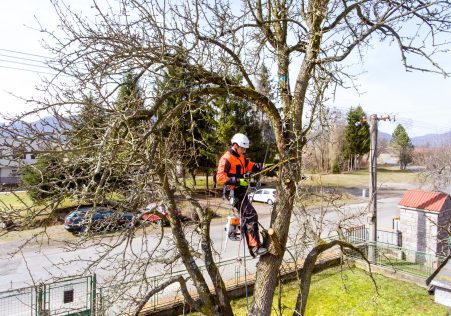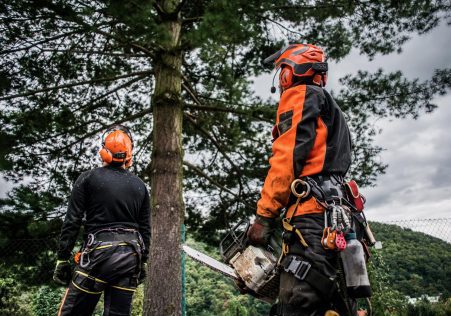Stay One Step Ahead in the Game: Ways to Spot a Tree in Need of Cutting Down
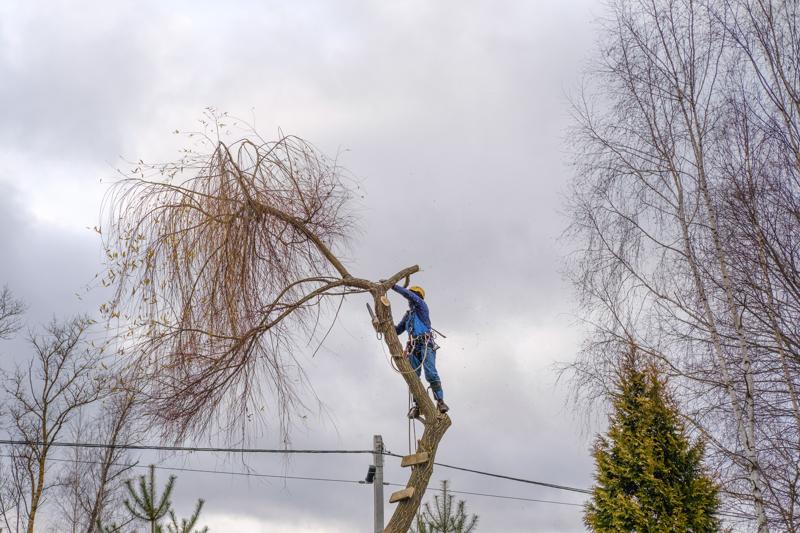
Tree removal is a complex and potentially dangerous task. If a tree is dead, diseased, or in danger to fall, the tree could need to be removed in order to protect the property and to guarantee safety. But how can you tell when a tree must be removed? In this article, we’ll guide you through the warning signs to be looking to and assist you figure out when it’s time to call experts.
Dead or Dying Trees
One of the evident signs that a plant should be removed is when it is dying or dead. Dead trees lack leaves and could appear dead. If a tree is without leaves or evidence of new growth, it’s likely dead. Additionally, the bark of a dead tree could be cracked, dry, or peeling.
Trees with diseases
Trees with diseases can pose a threat to other trees and plants in the area. Common signs of disease in trees include yellowing leaves, wilted branches, and mushrooms growing at the base of the tree. If you suspect that your tree may be diseased it is important to have it inspected by a professional arborist.
Leaning Trees
TreesLeaning trees towards one side could indicate of a failing root structure and the tree could be at risk of falling. To determine if a leaning tree is a danger, look for cracks or breaks within the trunk and look into the soil around the base of the tree. If you notice any of these indicators it is recommended to have the tree evaluated by an arborist.
Overhanging Branches
Overhanging branches of trees located close to buildings or power lines can be a danger to the safety of your property and personal safety. If you have concerns about overhanging branches It is recommended to get the tree assessed by an arborist who will determine whether removal or pruning is needed.
FAQs
How do I know when a tree has died?
An individual tree can be said to be dead when it is without leaves and shows no indication of growth. The bark of a dead tree can be dry, cracked, or peeling.
What are the symptoms of a diseased tree?
Common signs of illness in trees are the appearance of yellowing leaves, wilted branches, and the growth of mushrooms at the base of the tree.
Is it safe to remove an entire tree on your own?
Tree removal is a complex and possibly dangerous job. It’s best to delegate it to the experts to ensure the safety of you and others.
Conclusion
When you’re dealing with tree removal, it’s crucial to be aware of the indications that a tree needs to be cut down. By being aware of the signs of dead or dying trees, sick trees, tree leaning, and hanging branches, you can take steps to protect your property and those who live around you. If you suspect that there is a tree in your yard that requires removal do not hesitate to reach out to Northern Beaches Tree Lopping Sydney for a professional evaluation. Our arborists with years of experience have the experience and equipment to handle all the tree removal requirements. Don’t risk your safety. If you suspect that the tree that is on your property should be removed, call Northern Beaches Tree Lopping Sydney today for a professional assessment. Our expert arborists will provide you with the peace of mind which comes from knowing that your property is in safe with us. Contact us today by dialing 1300 941 639 to schedule an appointment.

